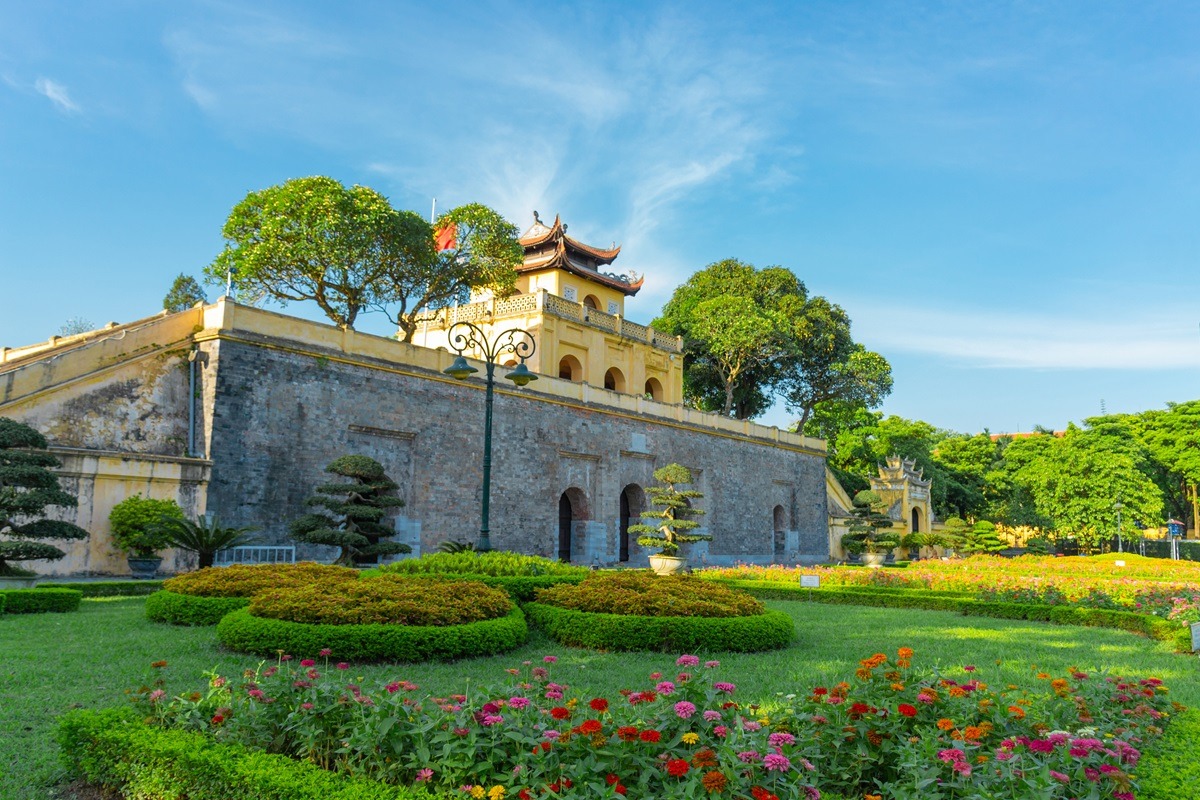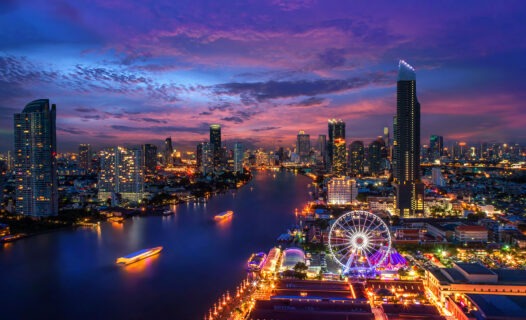Hanoi, the vibrant capital of Vietnam, is a city that seamlessly blends ancient history with modern charm. At the heart of this bustling metropolis lies the Imperial Citadel of Thang Long, a UNESCO World Heritage site and a testament to Vietnam’s rich historical and cultural heritage. Join us as we explore the wonders of the Imperial Citadel and uncover the secrets of this ancient fortress.
A Brief History of the Imperial Citadel of Thang Long
The Imperial Citadel of Thang Long dates back to the 11th century, when it was established by Emperor Ly Thai To. The citadel served as the political center of the Dai Viet kingdom for over 13 centuries, witnessing the rise and fall of various Vietnamese dynasties. This historical site offers a glimpse into Vietnam’s glorious past and is a must-visit for history enthusiasts.
The citadel complex is spread over an area of 18,000 hectares, featuring various architectural structures, including palaces, temples, gates, and more. The Kinh Thien Palace, in particular, stands as a testament to the architectural brilliance of ancient Vietnamese craftsmen.
Exploring the Key Attractions
1. Doan Mon Gate
The Doan Mon Gate stands as the main entrance to the Imperial Citadel. This majestic stone gate, adorned with intricate carvings, was once reserved for the emperor’s exclusive use. Today, it welcomes visitors to explore the historical treasures within its walls.
2. Kinh Thien Palace
The Kinh Thien Palace was the focal point of the Imperial Citadel, serving as the residence and administrative center for Vietnamese kings. The remnants of the palace, including its stone dragon staircase, offer a glimpse into the opulence of the past.
3. Chinh Bac Mon (Main Northern Gate )
The Northern Gate is another iconic structure within the citadel. It stands as a symbol of resilience, having survived numerous conflicts and invasions. Visitors can explore the gate and learn about the historical events that took place here.
4. Archaeological Site
The citadel also boasts a treasure trove of archaeological findings, including ancient pottery, ceramics, and relics that date back centuries. The on-site museum provides a deeper understanding of the historical significance of these artifacts.
Festivals and Events
The Imperial Citadel hosts several traditional festivals throughout the year. The Tet Festival (Lunar New Year) is a particularly vibrant celebration, featuring cultural performances, traditional games, and delicious festive foods.
Practical Information for Travelers
When planning your visit to the Imperial Citadel of Thang Long, keep in mind the following tips:
- Opening Hours: The citadel is open from 8:00 AM to 5:00 PM
- Entrance Fee: An admission fee is required to enter the citadel. Check the official website for the latest pricing.
- Getting There: The citadel is located in the Ba Dinh District, easily accessible by taxi or public transport.
- Weather: Hanoi has a humid tropical climate. Wear comfortable clothing and carry an umbrella during the rainy season.
As you explore the Imperial Citadel of Thang Long, you’ll uncover layers of history, culture, and architectural brilliance. This travel guide aims to help you make the most of your visit, offering insights into the site’s historical significance, cultural offerings, and practical tips for an enriching experience.
Embark on a journey through time and immerse yourself in the enchanting world of the Imperial Citadel of Thang Long – a treasure trove of Vietnam’s rich heritage.






















